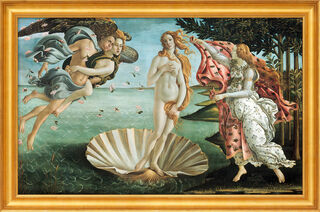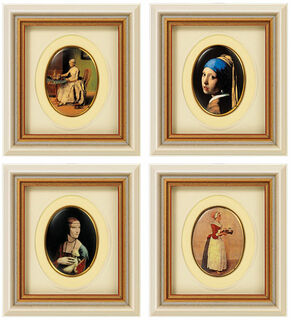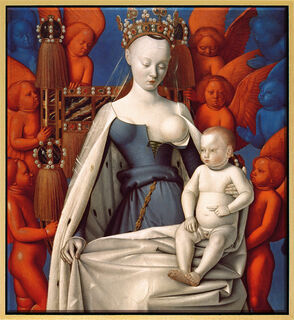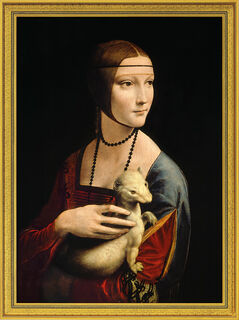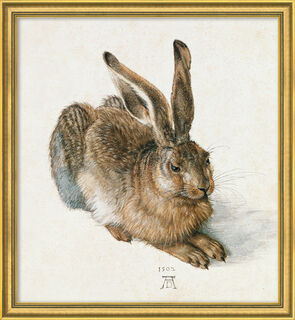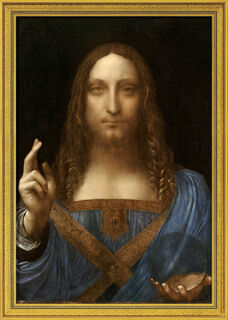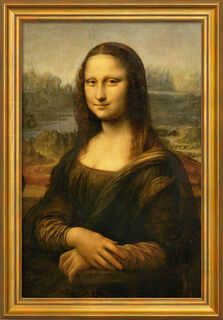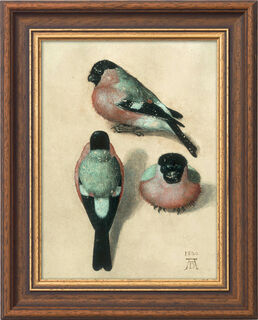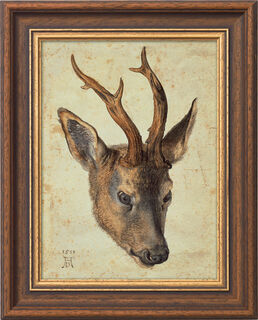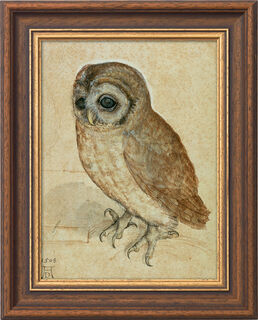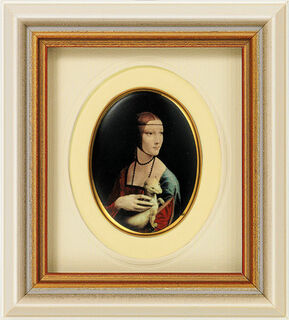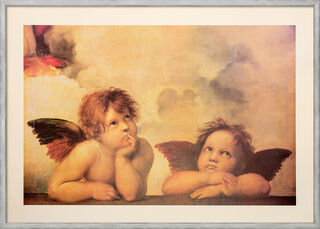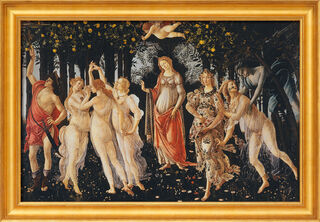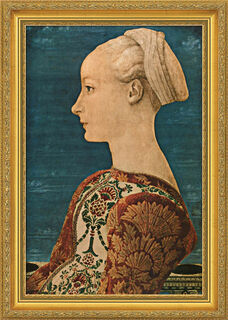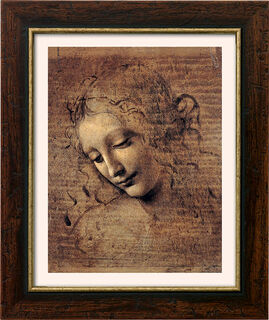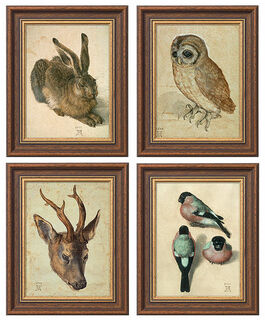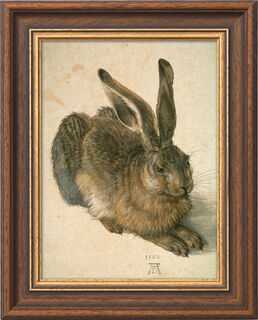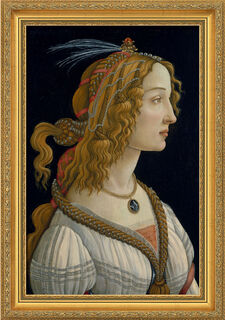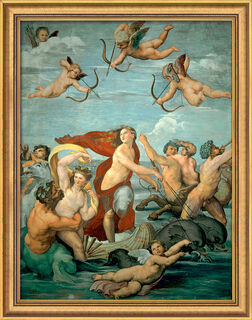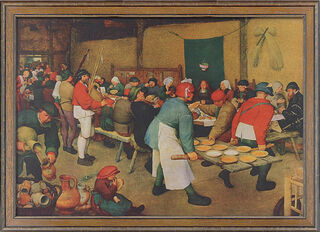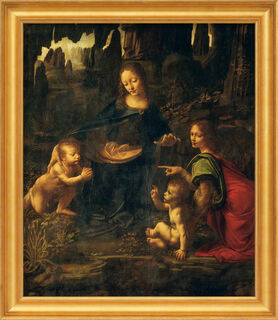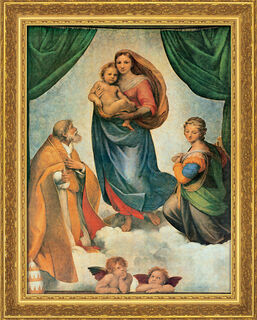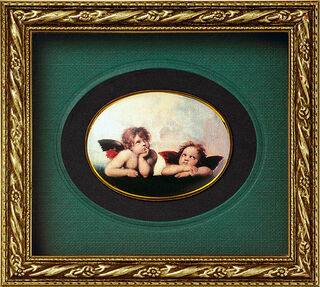Renaissance
Renaissance Painting – Return to the Aesthetics of Antiquity
The Renaissance epoch developed after the Gothic at the end of the 14th century and was replaced by Baroque around the end of the 16th century. Characteristics of Renaissance painting are the naturalistic depiction of subjects, the increasing popularity of portraits as well as an increase in the depiction of secular themes alongside religious and mythological ones. In addition, Renaissance artists aimed to create great harmony, balance, and a calm atmosphere in their paintings. The leitmotif of all Renaissance art was the return to the aesthetics and stylistic elements of the ancient Romans and Greeks. At the same time, the natural sciences gained importance throughout society, which was also reflected in the visual arts. Alongside pictorial motifs taken from the religious context, secular motifs, above all human beings as individuals, now increasingly found their way onto canvases. Today's world-famous icons of art history were created during the Renaissance, including Sandro Botticelli's "Birth of Venus", Leonardo da Vinci's "Mona Lisa", and the frescoes of Michelangelo's Sistine Chapel.
Characteristics of Renaissance Painting: Modes of Representation and Technique
During this epoch, the painting was able to develop significantly in many respects, and some very typical Renaissance characteristics emerged. A characteristic feature of the representational style of this epoch was the demand to depict the models from nature as realistically as possible. Therefore, Renaissance painters placed great emphasis on the correct anatomy and proportions of people. Human musculature, body measurements and movement sequences were studied in detail and transferred onto paintings. However, a realistic representation did not mean that the models looked exactly as they were shown in the paintings. The Renaissance painters also had a tendency to idealise and portray subjects in an exalted manner. The introduction of the central perspective is considered a major achievement of Renaissance art. With this new form of picture composition, all the lines running into the picture meet at a vanishing point. With the central perspective, artists succeeded in bringing spatial depth into their pictures. Renaissance painting as a whole was influenced not least by a new painting technique that became established during this phase: oil painting. This technique opened up completely new possibilities for Renaissance artists. Colours became more luminous, allowing finer colour gradations and stronger contrasts.
Buy Renaissance Art at ars mundi
Famous Renaissance artists such as Leonardo da Vinci, Raphael, Michelangelo, Sandro Botticelli, and Albrecht Dürer created imposing masterpieces that are world-famous and whose fascination continues to this day. At ars mundi, You can buy high-quality reproductions of numerous paintings, which today are among the most important in art history. Some famous Renaissance paintings include Leonardo da Vinci's "Salvator Mundi", Sandro Botticelli's "Spring", Leonardo da Vinci's "Proportional Scheme of the Human Figure according to Vitruvius", Pieter Brueghel's "Peasant Wedding", Leonardo da Vinci's "Mona Lisa" or Albrecht Dürer's "Young Hare".

